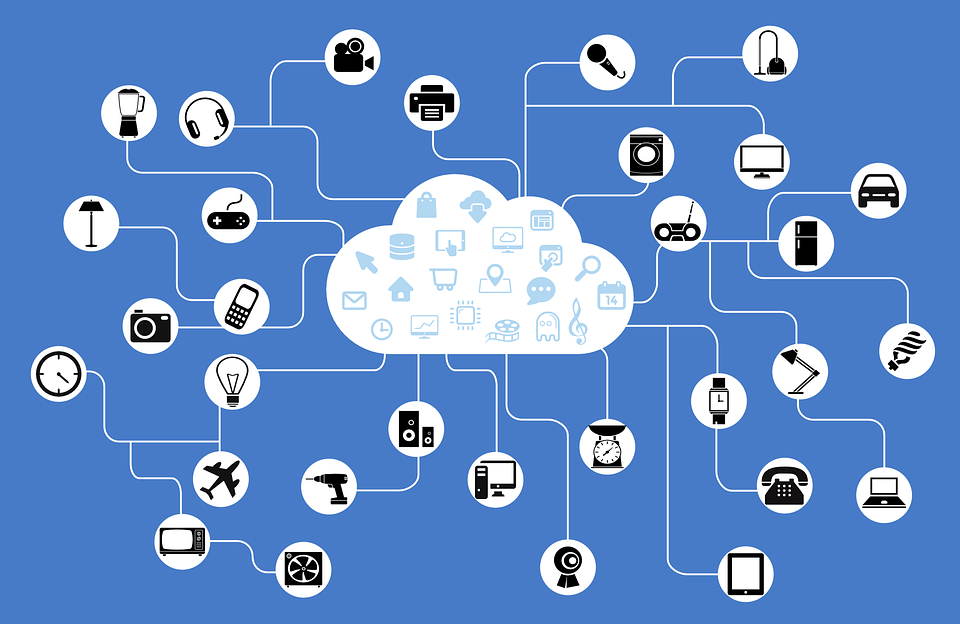
Jonathan Luse heads up IoT planning and product line management at Intel. Having spent nearly 20 years working in the sector at Intel, he describes his current portfolio and working environment as: “One of the single biggest multi-variable equations I’m trying to optimise in my life.”

It’s a phrase that captures up the explosive changes in the sector. Yet while over those 20 years he has seen the rise and fall of technology trends, but there is one that he is confident is going to have a lasting effect across most industry sectors.
That is the oncoming explosion of video data.
Luse told Computer Business Review: “As the explosion of video happens, and it will happen, it’s going to have to be processed locally and it’s going to have to be compressed, it’s going to have to be tagged and that can’t be just sent to the cloud. By 2021, 80-something percent of the Internet is going to be IP video traffic. So you’ve already clogged up the Internet within less than three years.”
He clarifies that he still believes the cloud will play an important role in processing some of this data, but edge computing and intelligence pushed out to devices on the peripheral will be tasked with reducing the burden on the cloud.
This data processing is going to move to the edge for an array of reasons. He told us that for companies there are times “where you just don’t feel like your security strategy would want to push it to a cloud service provider, you want to have it local and produce it locally. As a philosophy for a business, a company that doesn’t want to expose themselves unnecessarily might choose to say ‘well I want to have that information processed right there’ and that will cause a lot of this data to be processed at the edge.”
It’s not just security that will drive the move to the edge: with the advent of low latency connections and new sensors for manufacturing facilities, organisations are trying to collected and analyse as much data as they can to help optimise processes.
“A lot of the conversations [with industrial customers] include them saying things like ‘I want to take seven robots that are performing a function in a manufacturing plant and treat it like a single unit now. So I want a centralized system that controls seven robots instead of seven computers controlling seven robots that are interacting’. We’re seeing a lot of different evolutions of this. And that’s basically where this computation at the edge is starting to come in into play,” Luse states.
Intel IoT Development and Regulatory Compliance
A few years ago Intel acquired Italian start-up Yogitech, a company that focused on functional safety. Its main product was faultRobust, a system that conducted safety analysis on integrated circuits. At the time of the acquisition there was speculation about how this Italian start-up and its IP would be integrated into Intel.
Luse said: “We took some of that technology and put it inside the silicon and software so that people get certified much quicker, and the expense of getting a product certified for this functionally safe environment is much much easier.”
Developing new technology and IoT devices at pace is a key factor in getting an advantage in the market, something Intel is keenly aware of. Yet trying to develop rapidly without violating any of the regulatory requirements is a tight rope most developers have to walk. In order to speed up this process Intel’s IoT division wants to provide developers with all of the ingredients and tools they need to create new technology that is in line with current regulations and certifications.
“If I can save my developers time by designing something like a functional safety certified block of the certification process if I can do that once and deploy it to every single customer, then that saves hundreds of individual bespoke duplications of effort that can go in there. So for us it’s really about developer efficiency and then ultimately getting their products out to market faster and easier than they’ve done before,” Luse states.






